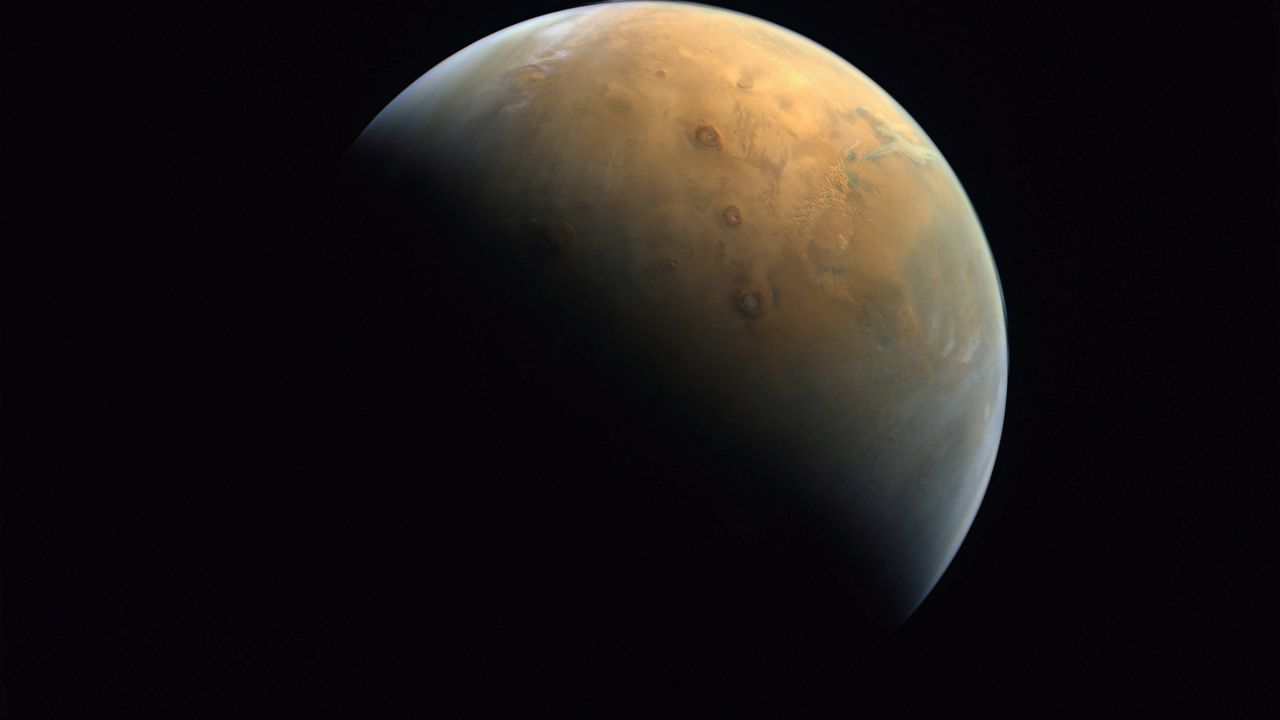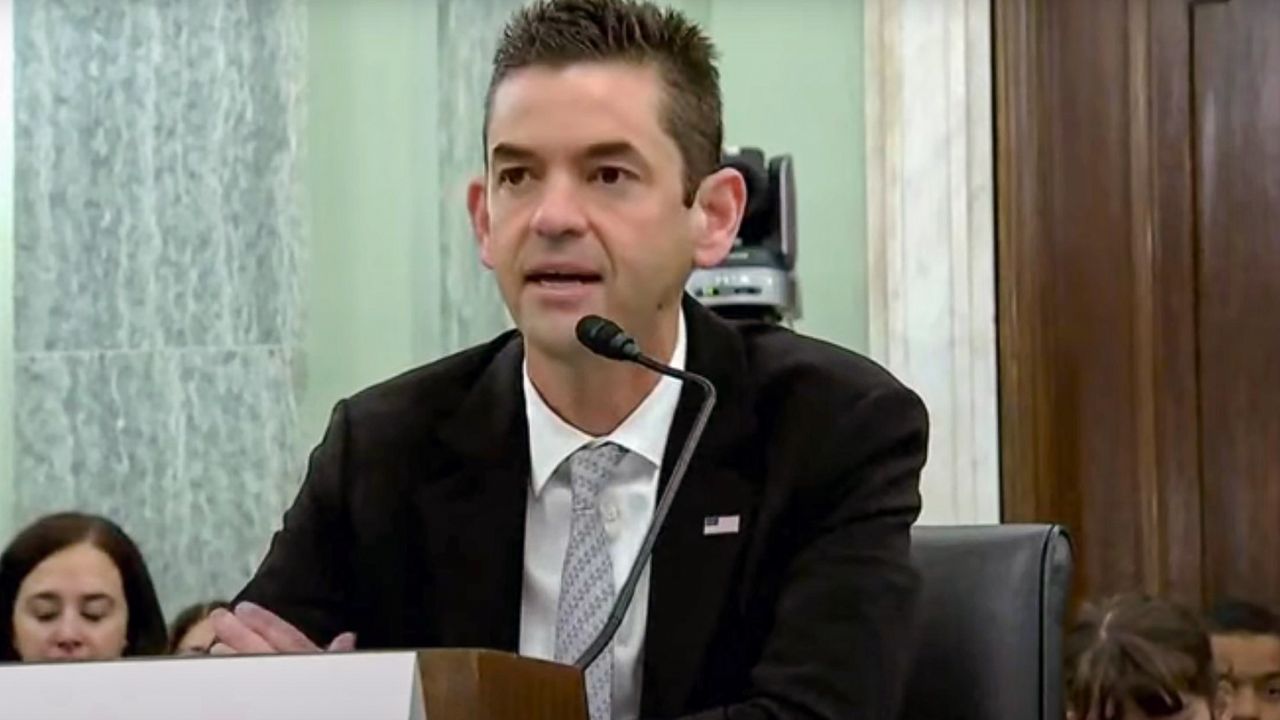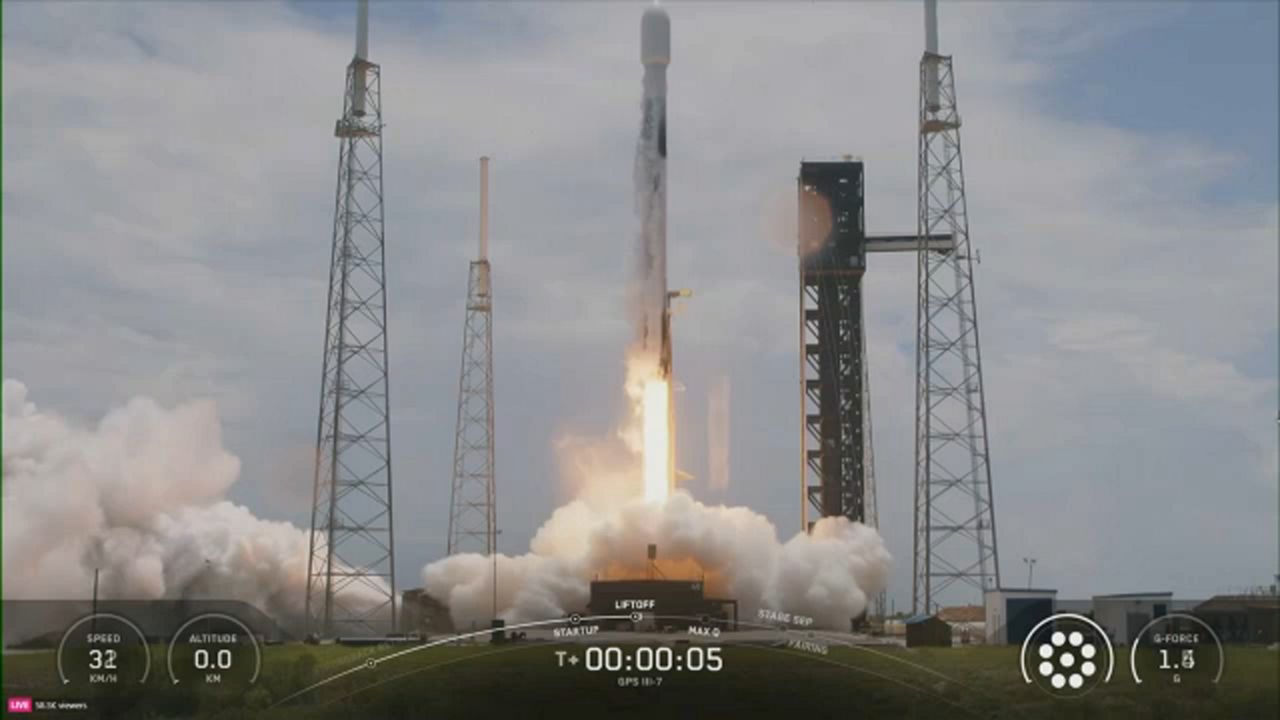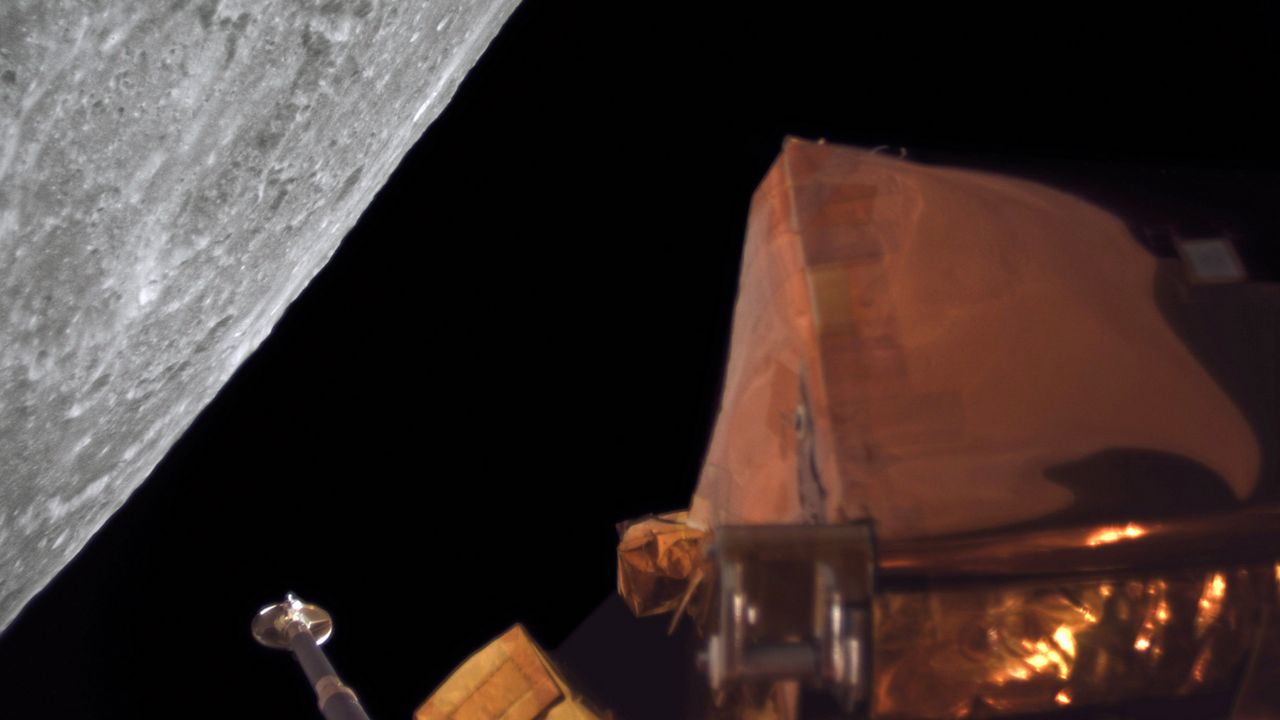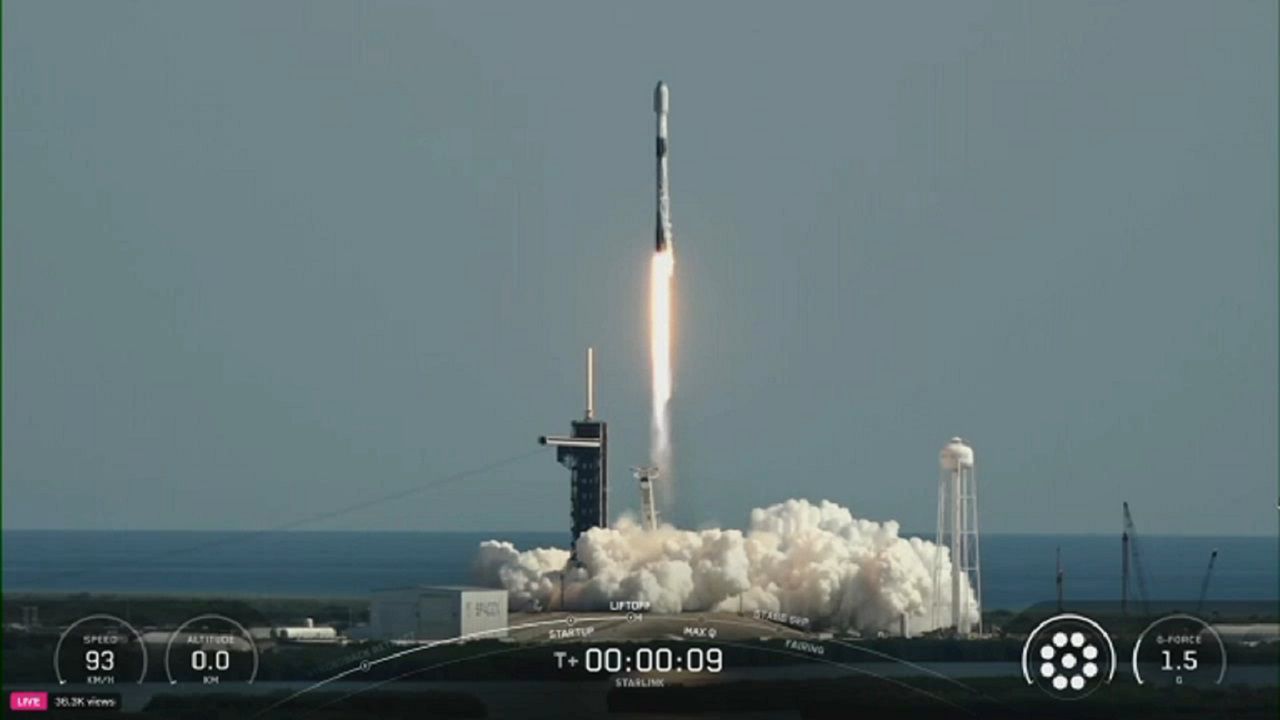KENNEDY SPACE CENTER — SpaceX launched more than 20 Starlink satellites late Monday evening.
What You Need To Know
- SpaceX’s Falcon 9 rocket sent up the Starlink 12-10 mission
- A new first-stage booster was used
SpaceX sent up its Falcon 9 rocket from Launch Complex 39A at the Kennedy Space Center.
The Starlink 12-10 mission went up at 10:34 p.m. ET.
The three-hour launch window for Starlink 12-10 mission opened at 10:31 p.m. ET and was set to close at 1:31 a.m. ET, Tuesday.
That means the California-based company had that timeframe to send up the Starlink company’s satellites. SpaceX owns the Starlink company.
The 45th Weather Squadron gave a 75% chance of good liftoff conditions, with the only concerns being the cumulus cloud and anvil cloud rules.
Find out more about the weather criteria for a Falcon 9 launch.
It was a rare double launch day not for space companies but for rocket fans as United Launch Alliance sent up the Project Kiper mission earlier that same evening.
Brand new to the scene
The Falcon 9's first-stage booster for this mission is brand new and this will be its maiden flight.
After the stage separation, the first-stage rocket will land on the droneship A Short Fall of Gravitas that will be in the Atlantic Ocean.
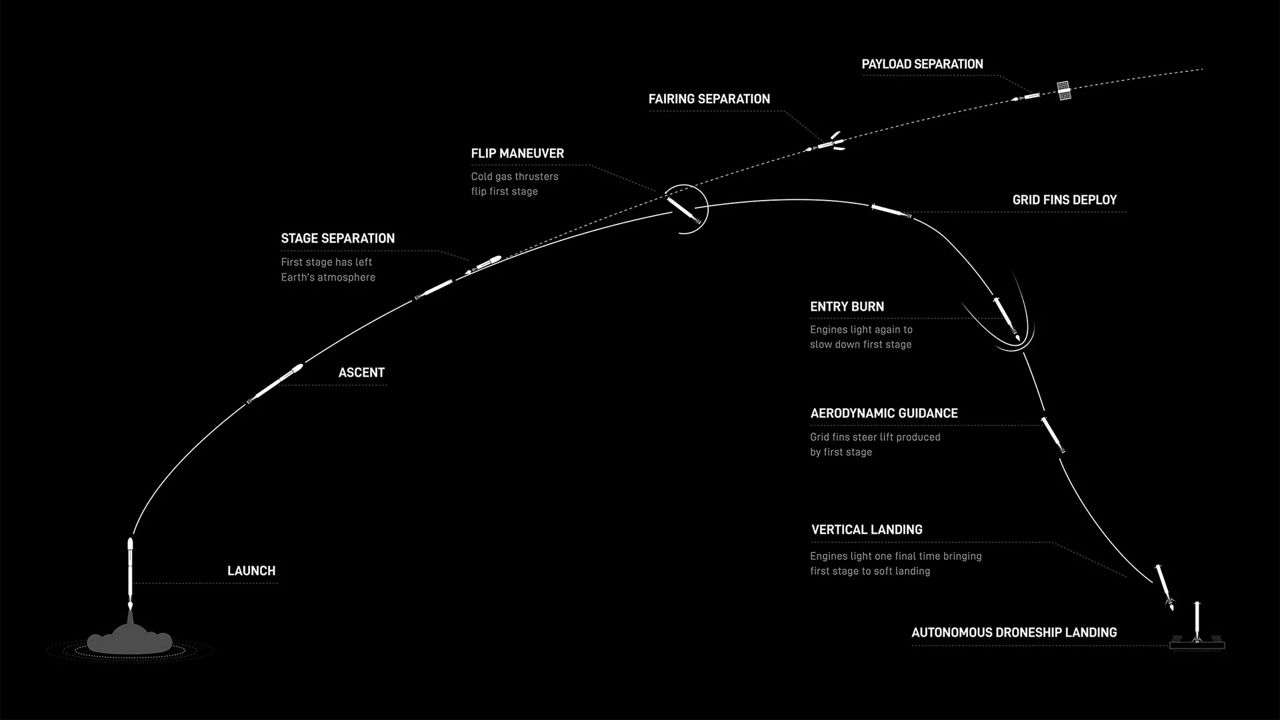
About the mission
Once deployed, the 23 Starlink satellites will be in low-Earth orbit with thousands of others, providing internet service to many parts of our little round planet.
Harvard-Smithsonian Center for Astrophysics’ Dr. Jonathan McDowell records Starlink satellites.
Before this launch, McDowell recorded the following:
- 7,264 are in orbit
- 6,591 are in operational orbit






